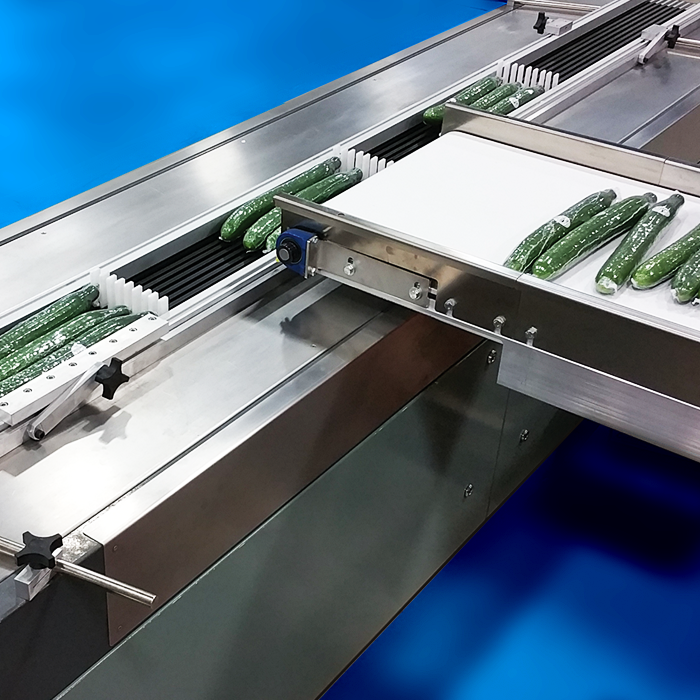The Only Guide to Plant Conveyors And Systems
Table of ContentsAn Unbiased View of Plant Conveyors And SystemsThe Plant Conveyors And Systems PDFsGet This Report about Plant Conveyors And SystemsThe Best Guide To Plant Conveyors And SystemsNot known Facts About Plant Conveyors And Systems
Right here are 20 common kinds of conveyors. This is most likely what you imagine when you believe of a conveyor.It is developed at a minor decline so components slide downward by themselves. This is like a gravity roller conveyor except a chain or belt is used to make the rollers switch on their very own, so they don't need to be built on a decline. Sometimes they can even rise.
Bucket conveyor systems are utilized to move product vertically, by scooping it with a series of containers connected to a belt, chain, or cable. Essentially, visualize rows of metal balls on a table that can turn and also rotate in any type of direction.
Indicators on Plant Conveyors And Systems You Should Know
As Ultimation explains, "A slat conveyor is basically a two-strand chain conveyor with slats attached to the chain and also a guiding system for the slats. This creates a smooth surface to which tooling information or fixtures can be placed to hold components in the wanted placement." Right here is a video of one working. Rather of having rollers or a belt, they have moving chains to bring products. There is a whole family of conveyors that bring their load underneath them rather of on top of them.
Often, as with the Power-and-Free Conveyor, they have 2 tracksone motorized and one not motorized. Transform a cart conveyor upside down, affix it to the floor instead of the ceiling, and you've got an upside down monorail. This conveyor shakes slightly to move bulk material along it.

Indicators on Plant Conveyors And Systems You Need To Know
There are likewise various other related gadgets that use a chain to drag things such as a tubular drag conveyor. These conveyors use a vacuum cleaner or air stress to relocate material.
They lift them up to a different degree of the warehouse. They are not big sufficient to raise people, however. These resemble a roller conveyor except with small, individual wheels rather than long, round rollers. Walking Beam conveyors relocate material incrementally along the conveyor using moving and static supports.
If you require help picking a conveyor system, let us understand. We have more than 35 years of experience dealing with projects huge (up to $30 million) and also little.
What Does Plant Conveyors And Systems Do?
Intro The complete guide to conveyor systems on the net. Conveyor System Needs Types of Conveyor Systems Exactly How Does a Conveyor System Job?

Lots Ability: Once the system has been outlined and also offered a pattern, it has actually to be identified what will certainly be the quantity of products it can carry - Plant Conveyors and Systems. Overwhelming a system can harm it or cause it to quit in the midst of its procedure. Aspects that affect the tons ability are general length as Full Article well as bed width in addition to the drive system.
Excitement About Plant Conveyors And Systems

Activity of powdered, granular, and also chip type materials can have dirt develop, which important source is thought about in system design and also might demand some kind of purification. Just like other sharing systems, a cautious exam of the characteristics of the product is called for. Arrangement: Conveying systems can be found in a broad variety of shapes, designs, dimensions, and types.
Given that each system is designed to fit a special application, it would certainly be impossible to cover all of the various setups. What is necessary to understand is that there are really few limitations on including a sharing system, despite the blog here application. Drive System: The drive of an automated sharing system is the power that moves materials.